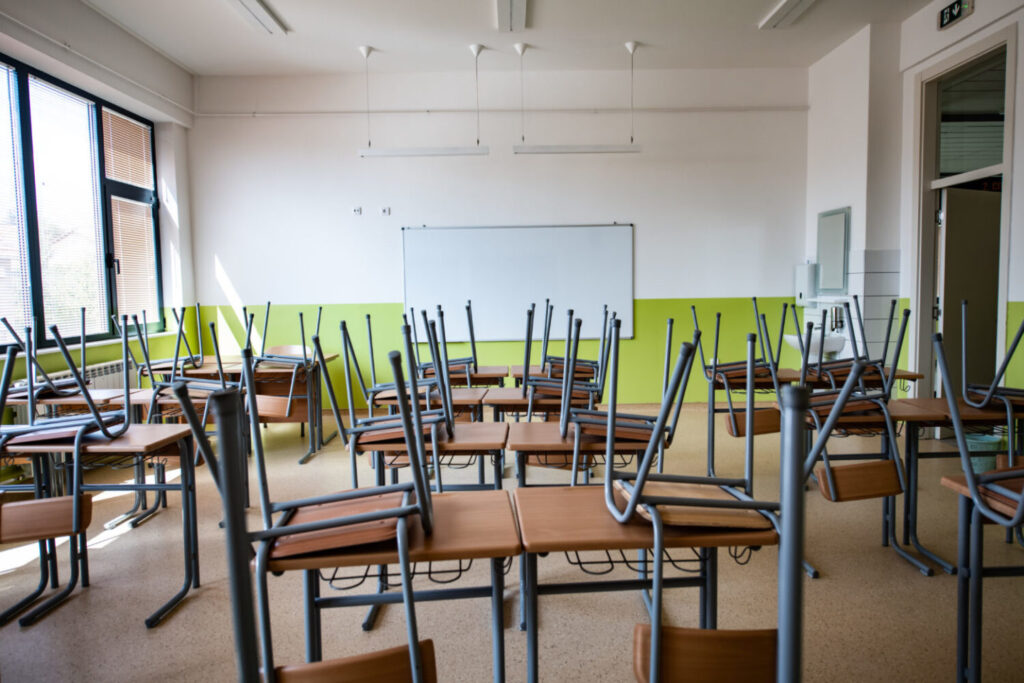Report: Texas lags behind other states in public school open enrollment
(The Center Square) – Texas lags behind other states in public school open enrollment, a new report by the Texas Public Policy Foundation and Reason Foundation found. It focuses on inter-district…

(The Center Square) – Texas lags behind other states in public school open enrollment, a new report by the Texas Public Policy Foundation and Reason Foundation found. It focuses on inter-district open enrollment, which is the process of allowing students to transfer to and attend school in a district in which they don’t live.
Instead of having a transparent and accessible enrollment process, the report found that public school districts in Texas make it burdensome and often costly for parents to transfer in and out of school districts.
“Each district has different transfer policies, making it burdensome for families to effectively weigh their educational options. Transportation can also be a hurdle for families; some districts provide nonresident student transportation, others do not,” the paper, “Don’t Fence Me In: Improving Texas’ System of Student Transfers,” states. “A district may charge tuition of an amount up to the difference between its actual expenditure per student and the state aid it receives; for some districts, this amounts to over $10,000 per year.”
While families can apply to have their children attend public schools in districts where they don’t live, Emily Sass, a TPPF senior fellow, said doing so is costly.
“It can cost them up to tens of thousands of dollars for the privilege,” she said, and even then, “districts can turn students down at their discretion.
“Parents need to be able to know where seats are available and how much it will cost – and if students are being sidelined,” she said.
The paper found that only 2.6% of public-school students attend schools in districts outside of their resident district. This is noticeably lower than in states with more intentional open enrollment policies, the report found, because of low transparency, inconsistent transportation, tuition, and district-level policies.
The researchers recommend that the state require increased transparency and accessibility of district transfer policies and tuition practices and that public education options allow families to have the opportunity to choose which school fits their children’s needs best.
“Lines created on a map before today’s parents were ever born shouldn’t ‘fence in the futures of today’s students,’” the researchers argue.
The report also analyzed other state models and found that “students benefit when given opportunities across school district boundaries.”
They also found that “families participate in open enrollment for various reasons including to participate in specialized programs, access different instructional approaches, and escape bullying,” Aaron Smith, director of education reform at Reason Foundation, said. “With our recommendations, Texas can do so much more to give students access to seats in other districts, allowing them to pursue better academic opportunities rather than being fenced in by their ZIP code.”
Approximately 562,284 students attended one of more than 1,000 public schools in Texas that had D or F rating in the 2018–19 school year, the last year letter ratings were given by the Texas Education Agency.
According to a TEA analysis this year, more than 58,000 students were on waiting lists for charter schools in the fall of 2021, indicating a widespread demand for alternative options exists.
The Texas Homeschool Association also has reported record numbers of parents pulling their children out of public schools and finding alternative options to educate them.
According to a new Wallethub ranking, Texas’s public-school systems rank 27 out of 50 states and the District of Columbia.



